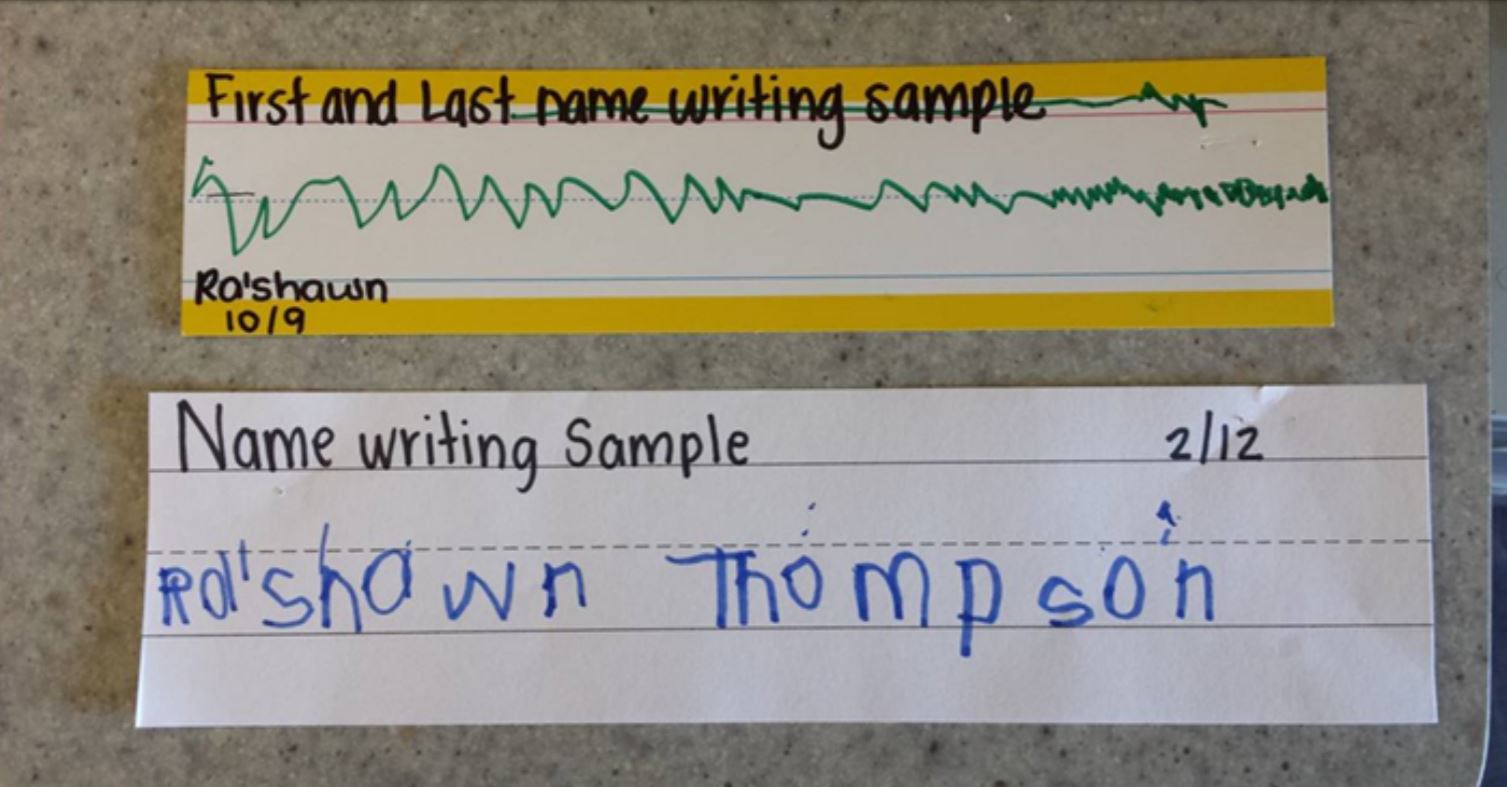Are microschools the future of schooling?

By Don Soifer
Forward-thinking education leaders have for years been heralding disruptive innovations that hold promise to lead us beyond the same “factory school” classroom models that have been prevalent and largely unchanged across America for over a century.
Frustration with the slow rate of progress in improving student outcomes in America’s public education system is not new: The landmark “A Nation at Risk” report that documented large-scale gaps in student proficiency in core subjects was published more than 35 years ago. In Nevada, slow-crawling gains in student proficiency and various pressures from constant population growth cause many families to search for different answers.
Will a proliferation of new microschools offer a better solution for a new generation of students? A growing community within education believes they just might.
What is a microschool? While strict definitions are not common, microschools are typically described with these characteristics:
· A microschool generally serves fewer than 25 students and has only a minimal administrative staff, holding down costs.
· A microschool can convene in a home or alternate setting and can be organized as a public charter school, a private school, or a homeschooling co-op.
Microschool models vary, and their particular appeal depends on the diverse needs of different learners. Small, intimate learning environments are a strong attractor for some children who struggle in large schools and crowded classrooms. Some learners and their families prefer greater opportunities for outside-the-classroom learning experiences, combined with increased scheduling flexibility. Other families see benefits in a temporary alternative when learning circumstances elsewhere feel less-than-optimal, perhaps as the result of a bullying problem or a teacher who is sub-par or just not the best match.
Once they get used to a microschool setting, many students come to relish being able to learn at their own pace rather than sitting in a bigger classroom where teachers “teach to the middle” of a classroom of students with different learning trajectories. In what has become a golden age of education technology and software offerings, where vast choices of online instructional tools – programs that constantly adapt to students’ answers to meet students “where they are” in their learning – are available while affordable, new possibilities emerge constantly. Big, textbook-publishing monopolies have given way to seemingly infinite choices that can be aligned to state content standards.
Leveraging technology for classroom content is often a central component to microschools, but not always. It is understandable that reasonable parents sometimes raise questions about whether potential negatives of increased screen time will outweigh educational benefits for their children. Montessori and Waldorf education are two popular examples of ways microschooling can support teaching and learning in vibrant fashion without technology in the classroom.
“Blended learning” in classrooms that involve computers in providing instruction has been a popular trend in public and private education for many years now — the federal Every Student Succeeds Act of 2015 even included definitions for blended learning in education law for the first time.
To realize the potential of blended classrooms, supporting our teachers with tools, strategies and timely, actionable information on student progress is crucial to success.
Proponents and practitioners emphasize that positioning students to “own their learning” is the essential difference between the passive classroom learning of the last century and the active learning required of the next one.
Will microschools be our next emerging school model?
To be certain, microschools are still in the “early adopters” phase. The most well-known examples, including Acton Academies and Wildflower Schools in several states along with promising schools in New York City, Washington, DC, Providence, St. Louis and elsewhere, still comprise the smallest of market shares.
In Arizona, more than 40 Prenda microschools serving some 550 students present a fast-growing model which may be well on its way to establishing itself as a national leader. Most of these microschools exist though partnership agreements with public charter schools and with the Mesa Public School district; families can opt for their children to participate in established public school models but also in small groups in supervised home settings. Prenda’s organization utilizes learning coaches who are trained and supported through their company network along with customized curricular and instructional approaches.
In Nevada, the Ruby Mountain Acton Academy in Elko, a private school which may be more accurately described as a cooperative homeschooling arrangement, is the first established microschool. Rural families in other states also have an interest in microschool models.
Microschools can be organized as public charter schools, private schools, or homeschooling arrangements. Whether they emerge as viable schooling solutions will likely have a lot to do with the constraints and challenges within each governance model. For charter schools, a combination of economics and regulatory requirements present substantial hurdles for microschools’ small size. Nevada’s stringent regulatory requirements for private schools also pose compliance challenges. Cooperative homeschool arrangements have fewer such obstacles.
As Nevada’s K-12 education sector works to overcome its present challenges, microschooling may be a solution that makes sense.
Don Soifer is president of Nevada Action for School Options, a nonprofit organization based in Las Vegas.
